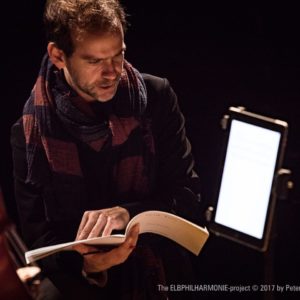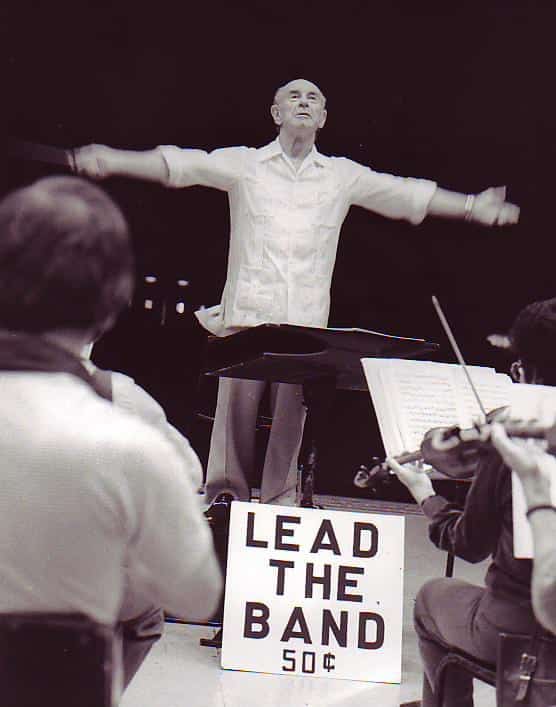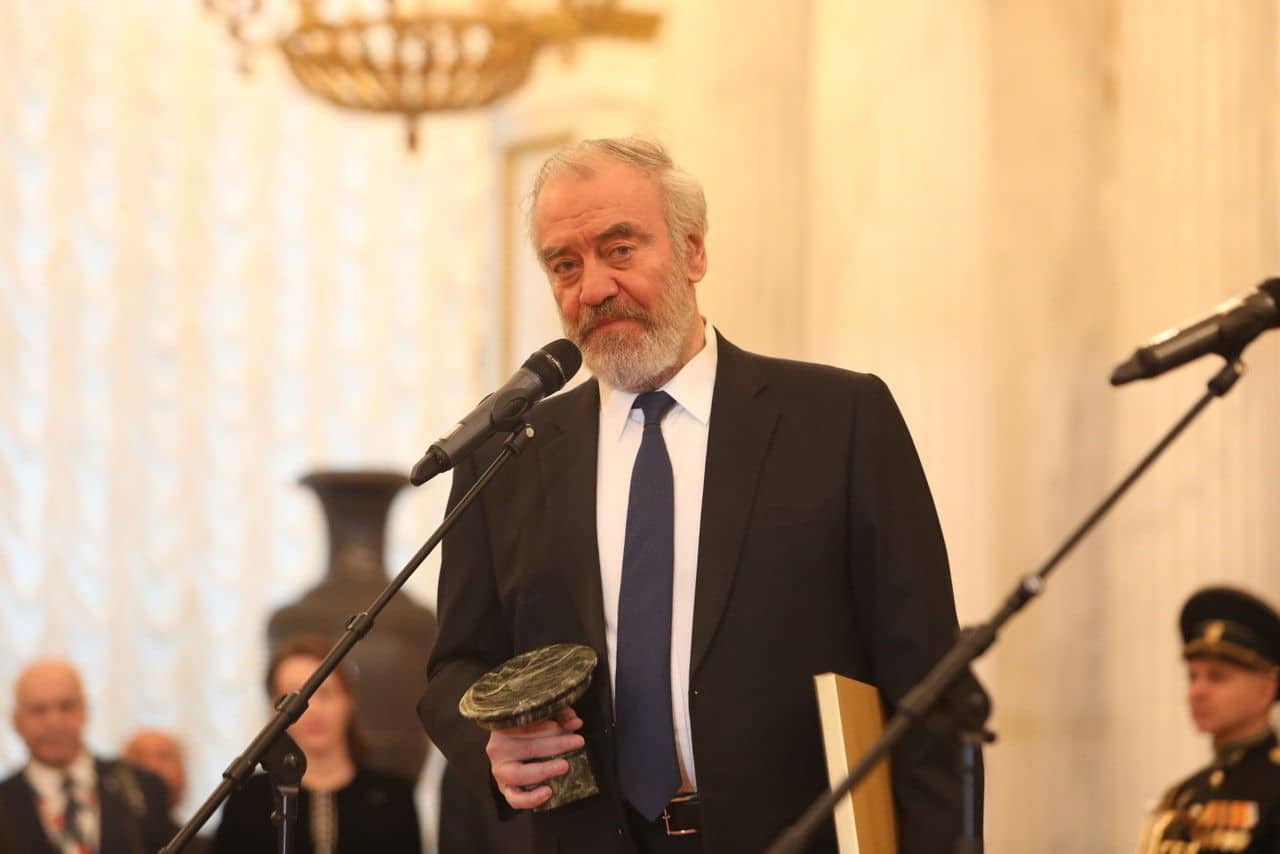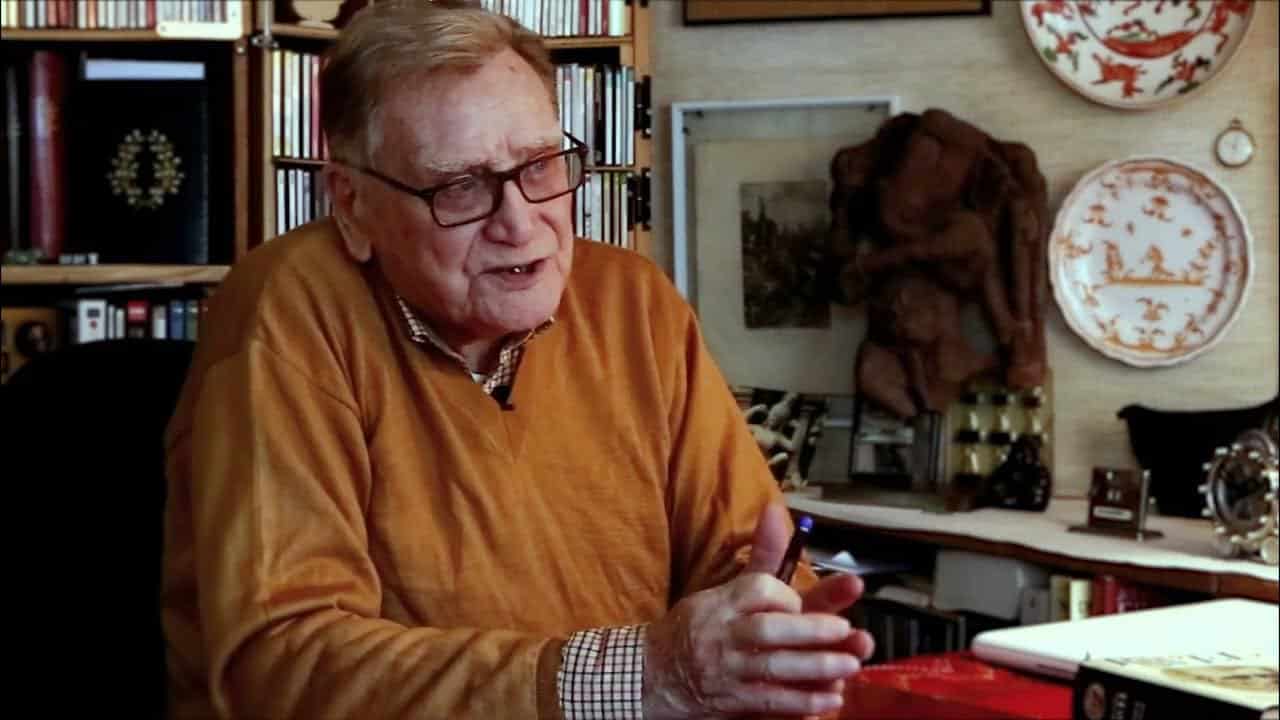A mind-opening premiere in a climate-change concert: first review
Alastair MacaulayThe Philharmonia Orchestra last night premiered a new violin concerto by Bryce Dessner, an American composer whose other job is as a member of a celebrated rock band, The National. News alert? We thought so. Our critic is first with a morning-after review.
Bearing the title Human/Nature and subtitled Music for a Precious Planet, the Philharmonia Orchestra’s autumn season is by turns ecological, philosophical, anthropological, political: a wonderful introduction to the orchestra’s rich collaboration with its new principal conductor, Santtu-Matias Rouvali. Although he’s a marvellous maestro to observe in live performance, his, ultimately, is music that opens windows in the mind and soul.
On Sunday night, his triple bill of scores spanned chronologically from 1913 (the Stravinsky Rite of Spring) to a 2021 UK premiere (the American composer Bryce Dessner’s violin concerto). It also stretched geographically to begin with the Mexican composer Silvestre Revueltas’s Noche de encantamiento (Night of enchantment), from his score for the 1939 film La Noche de los Mayas (The Night of the Mayans). Here was an excitingly tough-minded vision of Mayan ritual: Rouvali conducts it with stern precision, leading it remorselessly towards its harsh conclusion.
Both the Revueltas and Stravinsky scores are modernist fantasies of bygone peoples. Anthropology is likewise a source for Dessner’s concerto – the composer writes that he was inspired by Anne Carson’s essay The Anthropology of Water, itself a reimagination of the traditional pilgrimage to Santiago de Compostela – but at this stage few listeners are likely to be able to connect that test to this music.
More immediately, Dessner’s concerto is inspired by its violin soloist, Pekka Kuusisto (Rouvali’s compatriot). Sunday’s was its second-ever performance; it had its world premiere on Friday 1 in Frankfurt, conducted by Ariane Matiakh. (Between October 21 and December 9 it has further performances from San Francisco to Paris with Kuusisto and Esa-Pekka Salonen.)
It’s estimated to last 24 minutes; Kuusisto scarcely pauses throughout. And in the first two movements, he plays with nonstop rapidity, but often on a narrow span of notes and without great volume, as if suggesting a breathless outpouring of blocked thought. Or, when the music occasionally climbs or plunges, it does so fleetingly, as if unable to sustain a broad vision.
The solo violin, however, forms various alliances with successive parts of the orchestra (percussion not least) as it rushes on. In some of these, especially later, it makes magic. Dessner skilfully covers a wide range of orchestral effects: high tintinabulations, low brass chords, isolated pizzicati, a sustained low note from three double basses that sounds like the steady pedal note of an organ pedal. The final movement, growing contemplative, seems at last to see far and wide. Much of the concerto feels like an overfast car journey through changing landscapes with the windows regrettably shut – but once you know where it was heading, you want to hear those earlier sequences again.
Kuusisto followed that, by way of encore, with an enchanting piece of Finnish traditional music, fascinating in its blend of melodic impetus, strange rhythm, and dulcet tone. On November 28, he returns to conduct the Philharmonia – and as solo violin – in a triple bill including Vivaldi’s Four Seasons (with improvisations between movements), the Four Sea Interludes from Britten’s Peter Grimes, and a world premiere by Isobel Waller-Bridge; and on December 16, with Rouvali conducting, to play Sibelius’s violin concerto.
Conducting this programme, Rouvali uses none of the flowing gestures that characterised his Strauss three nights earlier. Yet he’s just as compelling. His feet are planted firmly wide apart. Force emanates from his stance, rhythm and phrasing chiefly from his upper body, above all from his head and arms. And his hands are a dancer’s, slicing or brushing or charging the air.
The Rite of Spring is a famously brutal piece, but he makes it diverse, atmospheric, sensuous, compassionate, abundant with detail. The horror story at the centre of the story here – the annual tribal ritual that unfolds to show a maiden who dances herself to death – is told with real pathos as well as violence. Stravinsky becomes a master of suspense. It has often seemed that this score depicted an inexorable process – but Rouvali makes the opposite seem true, with moments of luminous beauty along the way that keep suggesting how nearly this narrative might turn other ways. Human/nature? Here, Rouvali makes the oxymoron hauntingly poignant.
—
Alastair Macaulay

Bryce Dessner






The review treats the concerto as a serious classical work, in the context of Stravinsky’s Sacre, and Revueltas’ evocation of the Mayas, etc. But Dessner writes the fashionable, pop-saturated American process music:
https://www.wisemusicclassical.com/news/4207/ImpermanenceDisintegration-by-Bryce-Dessner-Out-April-2-2021/
An attempt to get the symphony orchestra reflecting the real world outside?
The next performance – if there is one – will have St Greta of Thunberg conducting. And little AlGore as concert master.
So Pat, you’re pro climate change, right? Or you think it’s a joke? Just trying to clarify.
Dessners “music” is complete capitalist rubbish. It would fit well with reactionary bhc radio three. More please more of real composers. Birtwistle, carter,Ades. Etc
“Blah, blah, blah.”
Funny thing — I’ve just realized you always write the same comment.
Mr Dessner is half of an identical twin, and both men are pop musicians. My fly on the wall informs me that they regularly change place if the other doesn’t feel well disposed to an event. Meanwhile they got mixed-up and are no longer sure who’s who, but fortunately, for the music this does not make much of a difference.
Meow…….
Wonderful stuff j b. More please
Many thanks warren